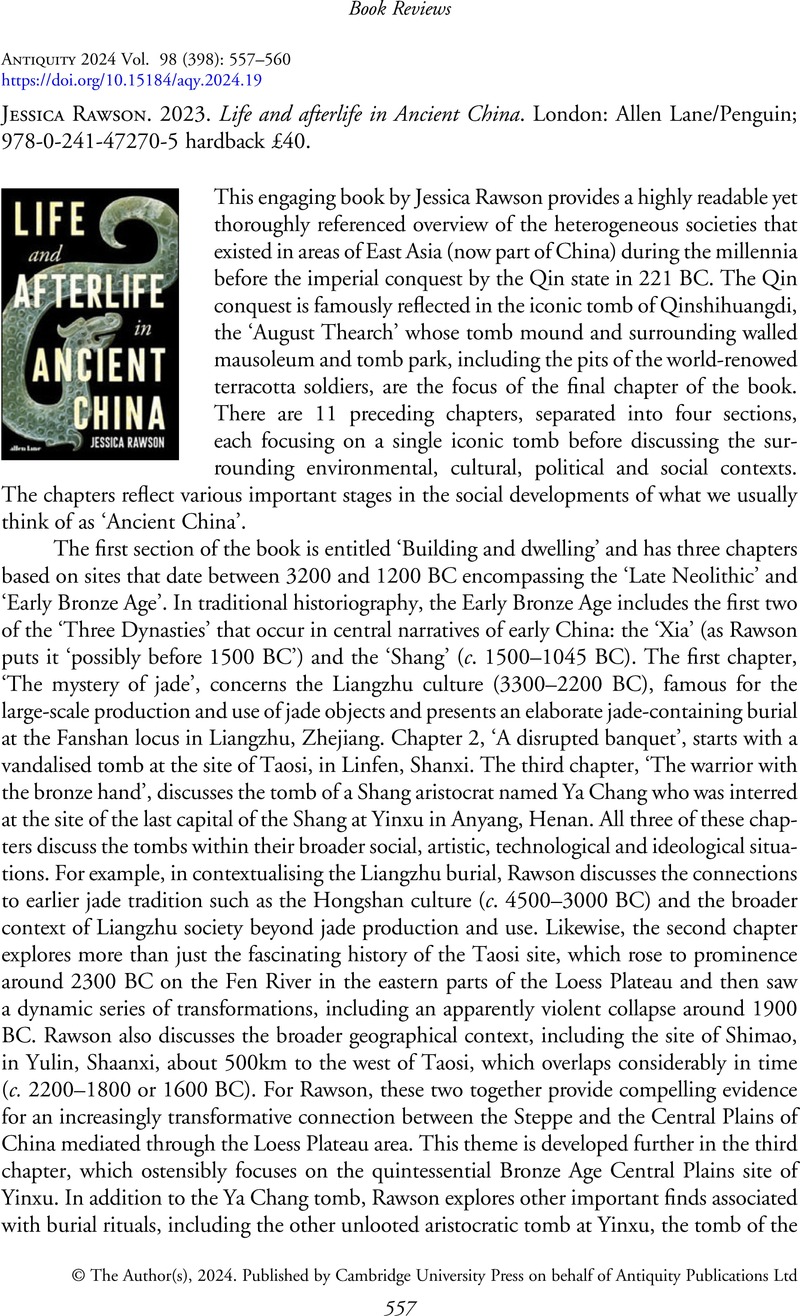Sanxingdui [Sanxingdui Yizhi Jisiqu Kaogu Gongzuodui 三星堆遗址祭祀区考古工作队].
2022.
Sichuan Guanghan shi Sanxingdui yizhi jisiqu 四川广汉市三星堆遗址祭祀去 (The sacrificial precinct of Sanxingdui in Guanghan City, Sichuan).
Kaogu 考古 [Archaeology] 2022(
7):
15–
33.
Google Scholar 